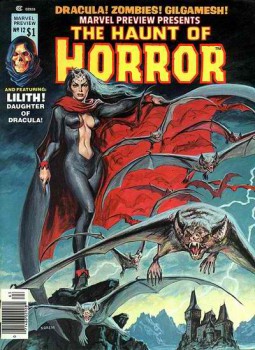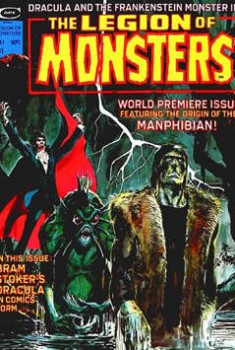Teresa Edgerton’s Goblin Moon
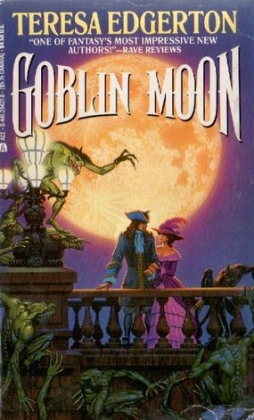 I’ve mentioned before that I’ve an idea that there’s a lot to be learned from some of the overlooked fantasies of the 1980s. Teresa Edgerton’s Goblin Moon was published in 1991, and it’s less obscure than some — in fact, it’s just come out as an ebook (you can find a trailer here) — but it’s still a good example of what I have in mind. And a fine and delightful tale in its own right.
I’ve mentioned before that I’ve an idea that there’s a lot to be learned from some of the overlooked fantasies of the 1980s. Teresa Edgerton’s Goblin Moon was published in 1991, and it’s less obscure than some — in fact, it’s just come out as an ebook (you can find a trailer here) — but it’s still a good example of what I have in mind. And a fine and delightful tale in its own right.
Goblin Moon is the only book I’ve read by Edgerton. From what I’ve found online, she began writing with a series of alchemical fantasies, the Celydonn trilogy: Child of Saturn and The Moon in Hiding in 1989, followed by The Work of the Sun in 1990. Goblin Moon came out in 1991, as did its sequel, The Gnome’s Engine; the two books together make up the “Masks & Daggers” duology. A second Celydonn trilogy followed (The Castle of the Silver Wheel in 1993, The Grail and the Ring in 1994, and The Moon and the Thorn in 1995), but after 2001’s The Queen’s Necklace, the vagaries of the publishing industry led Edgerton to assume a pseudonym. Under the name Madeline Howard, she’s published two books of a projected trilogy — The Hidden Stars and A Dark Sacrifice. Having acquired the electronic rights to her older books, she’s begun re-releasing them as ebooks and print-on-demand paperbacks. Goblin Moon’s now available at her website, with The Gnome’s Engine apparently planned to re-appear in a few months.
Moon’s an intricate and surprising book. The plot follows the fortunes of several characters: river scavengers who make a surprising find, an old used bookman who thinks he knows how to use said find, his granddaughter who is the best friend of an ailing upper-class cousin, and a mysterious nobleman with strange and possibly dreadful secrets. These plot strands run into each other unexpectedly, branch out in surprising directions, and finally more or less dovetail into a conclusion. There are elements in Goblin Moon of romance, mystery, and adventure out of Dumas or Orczy. But what really makes the book stand out is its setting, an elaborate secondary world. Most of the book takes place in and around Thornburg, a pseudo-German city in an eighteenth century filled with magic, fairies, dwarves, gnomes, trolls, and a moon whose orbit brings it visibly closer to the earth at its full. The outlines of Thornburg and the wider world are familiar, evocative of the exploits of Casanova or Cagliostro, but the details are specific, unique, and highly detailed: Edgerton’s imagined her world’s folkways and superstitions, its magic and iconography, its habits of thought and obsessions.

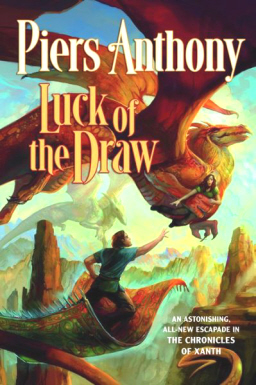
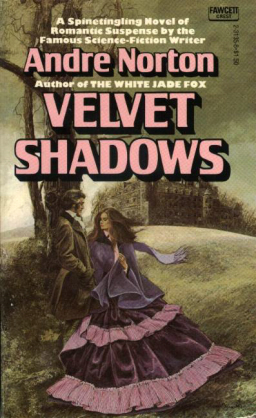
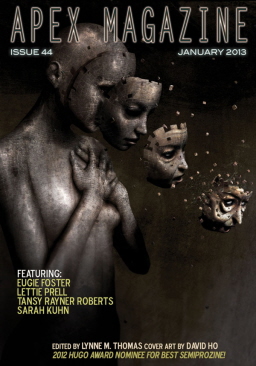
 The editors and staff of Black Gate are very proud to note that the Barnes & Noble Book Club’s annual list of The Best Fantasy Releases is thick with Black Gate authors, including Howard Andrew Jones, John R. Fultz, Myke Cole, and Mark Lawrence. Here’s reviewer Paul Goat Allen:
The editors and staff of Black Gate are very proud to note that the Barnes & Noble Book Club’s annual list of The Best Fantasy Releases is thick with Black Gate authors, including Howard Andrew Jones, John R. Fultz, Myke Cole, and Mark Lawrence. Here’s reviewer Paul Goat Allen:
